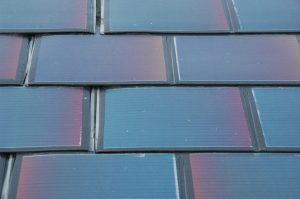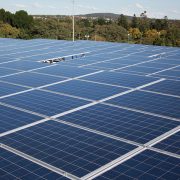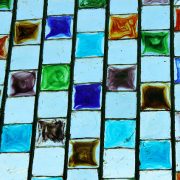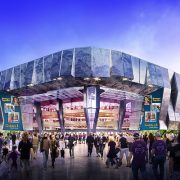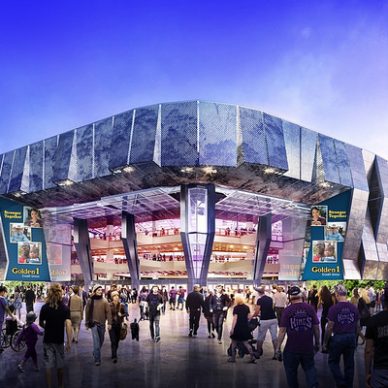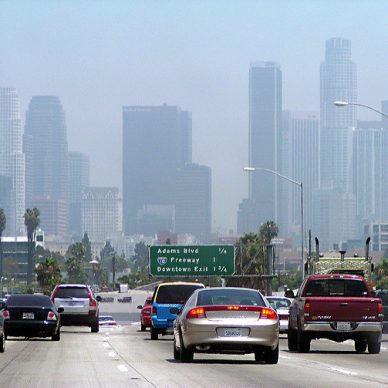BIPV and photovoltaic glass
Even if you’ve never heard the term BIPV, you’ll probably understand its impact. Building-integrated photovoltaics are an up-and-coming element of new building construction. Its companion term – building-applied photovoltaics (BAPV) – is used in relation to existing construction. Together they encompass a wide range of glass and other components that replace conventional construction materials that you’d normally find in the building envelope.
BIPV are made for roof, façade and skylight installations. They offer the best economic advantage when they’re installed as part of initial construction. Increasingly, commercial buildings are being designed with energy-efficiency and sustainability in mind. In some cases, a BIPV installation is required by local building codes. In other cases, building owners who are seeking LEED certification use BIPV to help meet certification requirements.
As glass coatings and other technological improvements have been developed, the cost of incorporating BIPV has fallen. In addition, their efficiency has increased, which makes them more attractive from an operational perspective.
BAPV components are also attractive. Many older buildings are being retrofitted with high-efficiency photovoltaics to support local power consumption, reduce the cost of operation, or generate income. Energy-efficient retrofits also make commercial spaces more attractive, and may allow building owners to claim tax credits or rebates.
BIPV is expected to play a major role in European countries where Zero Energy Building (ZEB) targets are in place. Photovoltaic adoption in commercial buildings in the United States has lagged, however. The implementation of zero net-energy buildings is likely to gain traction here as power companies attempt to improve the efficiency of their existing plants.
Novel glass coatings and new photovoltaic designs are likely to increase the efficiency of BIPV components. That will reduce the cost for initial installation, as well as the cost of retrofitting existing construction. In addition, coatings like Glassprimer™ glass paint can also help reduce heat buildup while still permitting the transmission of visible light.
Glassprimer™ glass paint is a specialized glass coating that bonds permanently to glass surfaces. GlassPrimer also makes a glass surface molecular activator that is designed to work with UV-inkjet glass printing processes. For more information about Glassprimer™ glass paint, please visit the rest of our site. If you’d like to purchase Glassprimer™ glass paint, please visit our online store .
Photo Credit: Tai Viinikka , via Flickr.com

